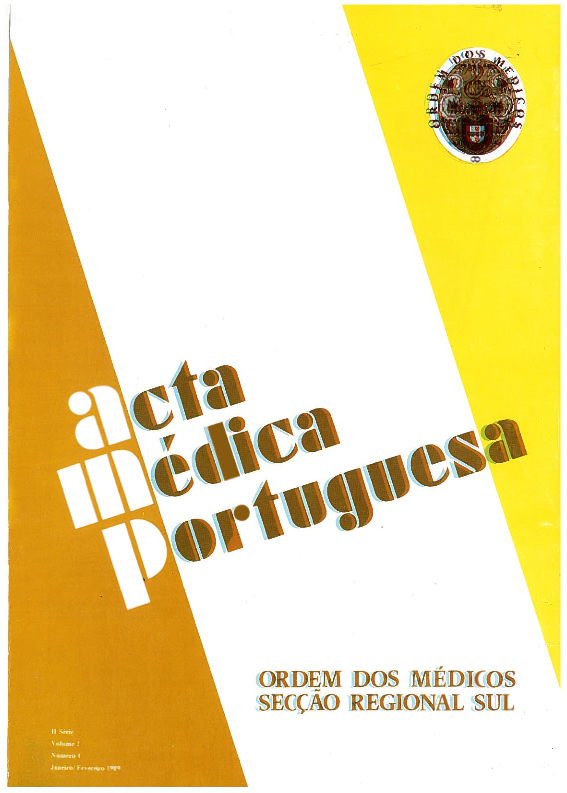Terapêutica cirúrgica da esofagite de refluxo em doentes com pressão do esfincter esofágico inferior normal.
DOI:
https://doi.org/10.20344/amp.3448Resumo
In a group of 12 patients with reflux esophagitis resistant to the medical treatment and normal LES pressure, gastric emptying and bile-gastric (B.G.) reflux (HIDA-CCK test) were determined. All of the patients had delayed gastric emptying associated in seven with high levels of B.G. reflux. Two of the patients had an unsuccessful fundoplication two years ago and five have been cured of duodenal 3 or gastric 2 ulcer with antacids. Although there was an evolution to an ulcer scar in all of these patients the abdominal post-prandial pain persisted and some of them maintained occasional bilious vomiting. Deep gastritis with dysplasia and metaplasia of the gastric mucosa was demonstrated in all of these five patients. The esophagitis was an isolated phenomenon in 3 patients, one had a peptic esophageal stricture above de cardia, and another one a Barrett esophagus. A proximal gastric vagotomy (PGV) and pyloroplasty was performed in patients with delayed gastric emptying without BG reflux. The other 7 patients with concomitant high BG reflux were treated by a duodenal diversion to a Roux-en-Y loop and P.G.V. Esophageal and gastric symptoms disappeared soon after surgery. Esophageal biopsies were normal six months after surgery and the intense gastritis changed to a less serious form of superficial gastritis. It is concluded that delayed gastric emptying associated or not with high values of BG reflux can be the most important pathogenic factor that cause reflux esophagitis in this group of patients. The improvement of gastric emptying and elimination of BG reflux can be the proper method to treat these situations.Downloads
Downloads
Como Citar
Edição
Secção
Licença
Todos os artigos publicados na AMP são de acesso aberto e cumprem os requisitos das agências de financiamento ou instituições académicas. Relativamente à utilização por terceiros a AMP rege-se pelos termos da licença Creative Commons ‘Atribuição – Uso Não-Comercial – (CC-BY-NC)’.
É da responsabilidade do autor obter permissão para reproduzir figuras, tabelas, etc., de outras publicações. Após a aceitação de um artigo, os autores serão convidados a preencher uma “Declaração de Responsabilidade Autoral e Partilha de Direitos de Autor “(http://www.actamedicaportuguesa.com/info/AMP-NormasPublicacao.pdf) e a “Declaração de Potenciais Conflitos de Interesse” (http://www.icmje.org/conflicts-of-interest) do ICMJE. Será enviado um e-mail ao autor correspondente, confirmando a receção do manuscrito.
Após a publicação, os autores ficam autorizados a disponibilizar os seus artigos em repositórios das suas instituições de origem, desde que mencionem sempre onde foram publicados e de acordo com a licença Creative Commons









